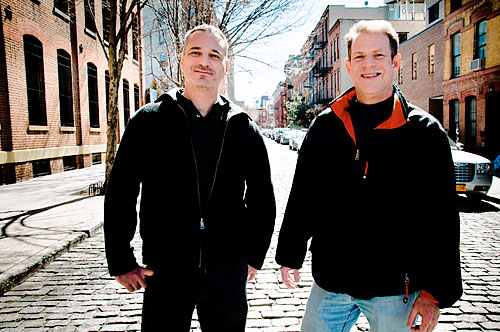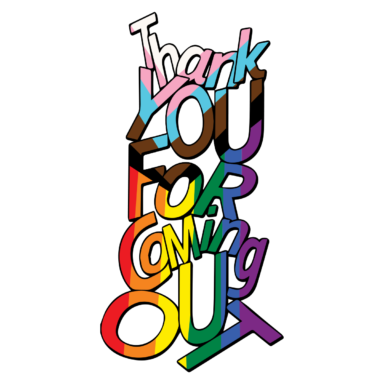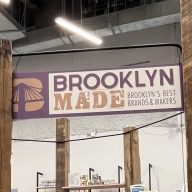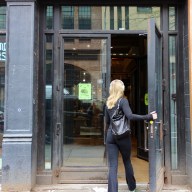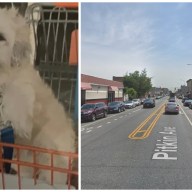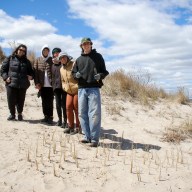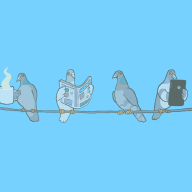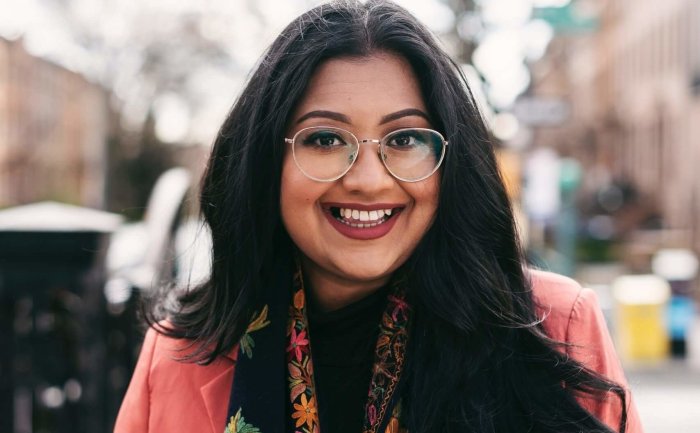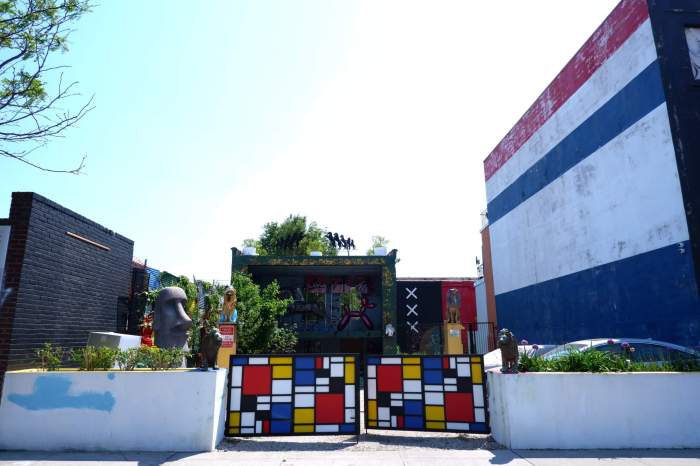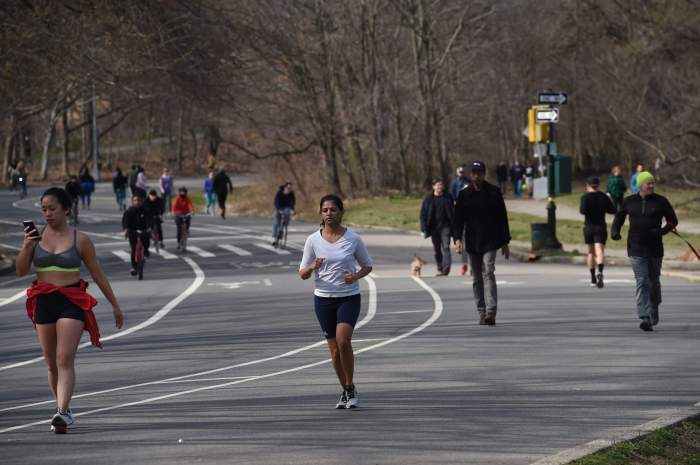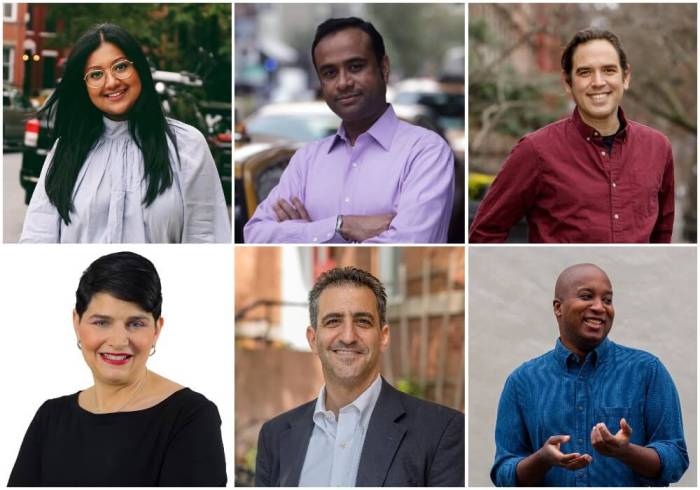Brooklyn has a new “gayest” neighborhood, and it ain’t Park Slope.
Just-released Census Bureau numbers show that the Columbia Street Waterfront District, the quiet enclave west of Cobble Hill and the Brooklyn–Queens Expressway, has more same-sex households per capita than any other patch of the borough.
Such “alternative” households comprise 11 percent of the neighborhood, making it more of a gay family hub than Park Slope, Williamsburg or even Chelsea, a widely recognized “gay” neighborhood that has only nine percent of its households listed as same-sex.
Gays and lesbians say that Columbia Street offers the best of both worlds: it has a small-town feeling without the “small-town mentality.”
“There’s a sense of rugged individualism and diversity,” said Brian McCormick, who has lived with his partner, Scott, in the area for seven years. “In a monolithic neighborhood, all of a sudden I’m aware that I’m gay — but people here don’t segregate themselves socially.”
Indeed, there’s not a single “gay bar” in the sleepy neighborhood, where a smattering of restaurants faces a waterfront bike lane — and new condos have sprouted alongside affordable-housing complexes.
About 1,500 people live within the two-by-10-square block census tract, which is as socio-economically diverse as it is socially insular.
It makes sense that the place has become a nesting ground for gay couples, said Matt McMorrow of Lambda Independent Democrats of Brooklyn. “There are great schools and plenty of artists. … Who knows what motivates [gay] couples, but it’s clearly a place they feel comfortable.”
It’s the first time that the Census Bureau has tracked “same sex couple” households, so other neighborhoods are also emerging as unexpected gay Meccas.
Prospect Heights, for example, was the second-gayest neighborhood in the borough — with same-sex couples making up nine percent of the households. Tracts in Park Slope and Williamsburg maxed out at five percent.


